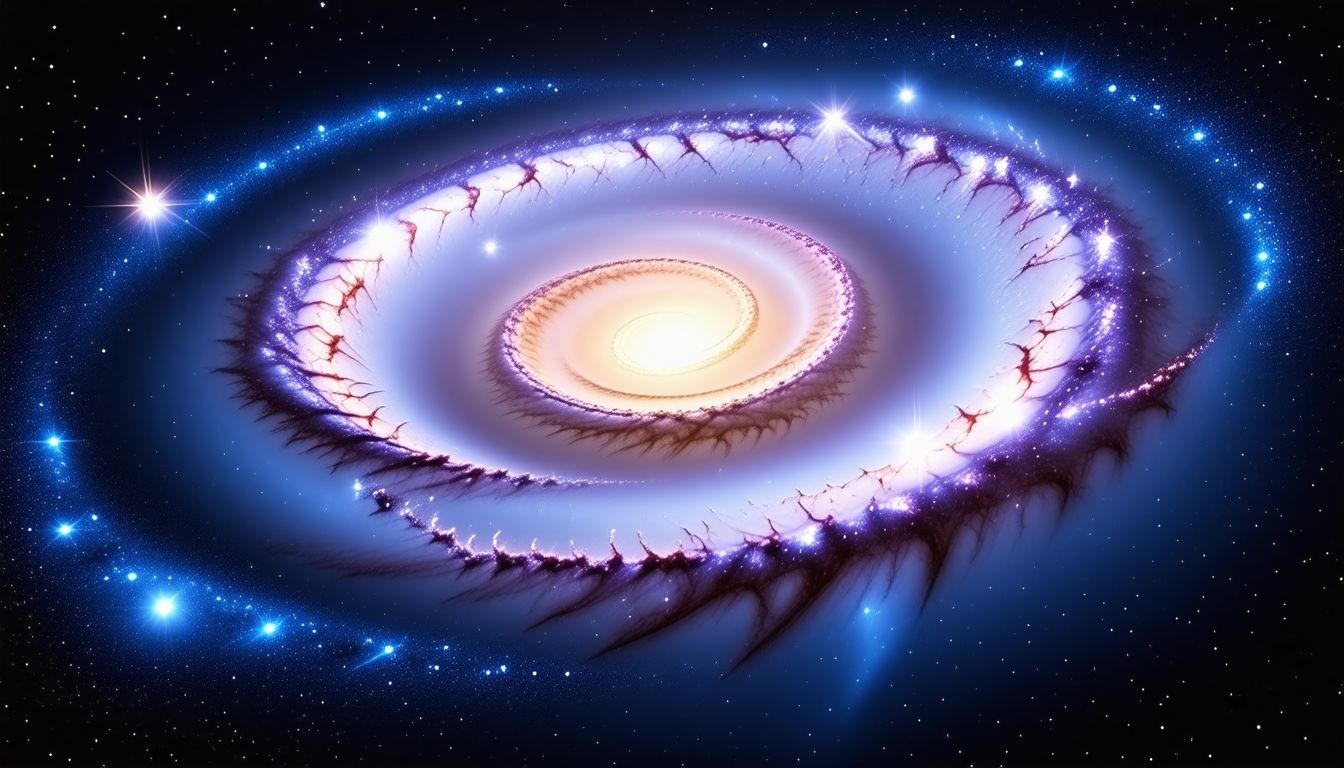Global Launch Week Promises Advances in Space Exploration and Connectivity
This week promises to be an exhilarating period within the scope of space exploration, with multiple launches scheduled from various corners of the globe. Highlighting the list is the renowned SpaceX, which is gearing up for a series of missions that aim to expand our understanding of the cosmos and improve global communications. The missions […]
Read the full story








